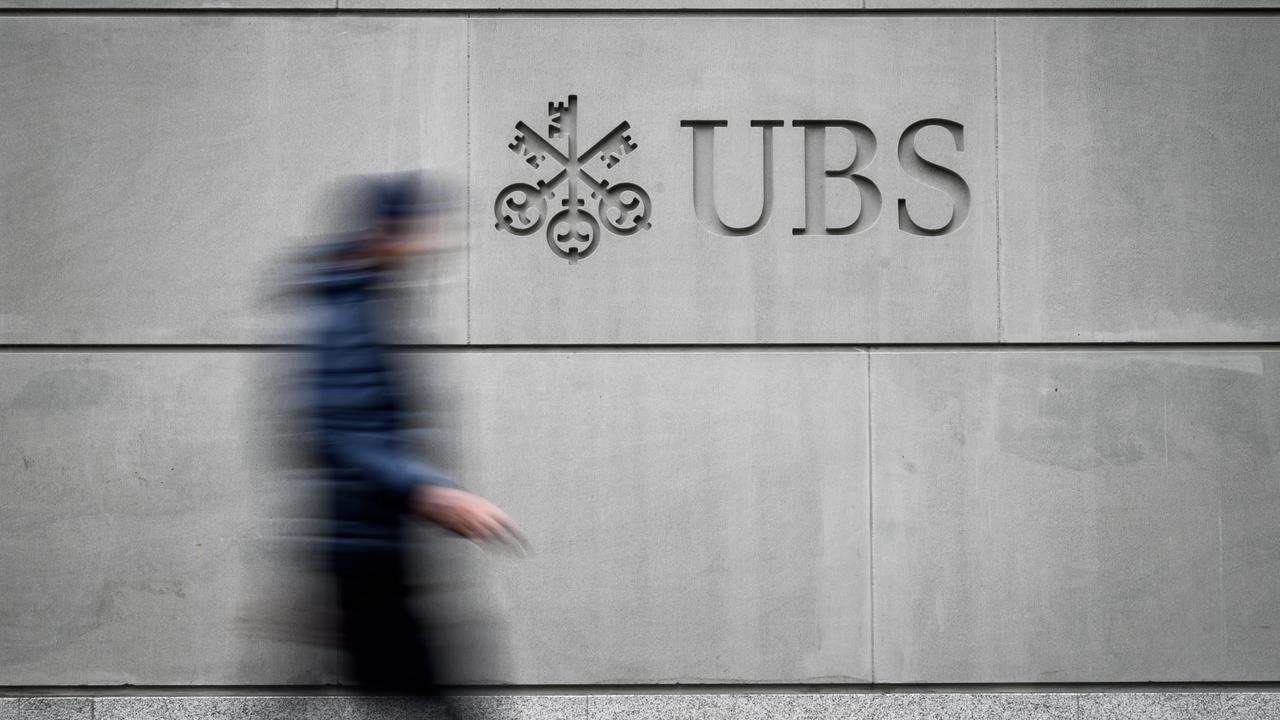
After last year’s strong financial results Switzerland’s largest bank will struggle to outdo its previous performance as market conditions turn and markets get off to a bad start in 2022.
UBS’s financial results for the financial year 2021 exceeded expectations by far, even considering the large provisions it had to make for various legal cases, including its ongoing lawsuit in France.
Several factors which influenced last year’s business are likely to do so again in 2022. There is also the threat of a slowdown in business activity, as top management acknowledged on Tuesday.
1. Higher Return for Shareholders
The proposed dividend of 50 cents per share for 2021 is significantly higher than the 37 cents paid in 2020. This underscores the bank’s intention to let shareholders participate in its success. Continued share buybacks, which the bank also announced on Tuesday, will additionally contribute to an earnings squeeze in the future.
2. Investment in Technology
Aware of the fact that banks are now more like IT companies or platforms, UBS is not only expanding its digital offering (see point 6), but it also intends to focus more on technology. It has set itself the goal to invest around 10 percent of its earnings in technology in the future. However, doing so will merely allow it to catch up with its competitors.
3. The French Legal Sword of Damocles
The good result is clouded by high provisions for the court case in France. This is mainly reflected in the fourth quarter 2021 figures in global wealth management (GWM) and in the Swiss unit (personal & corporate banking). The latest provisions were booked in these two units.
The court in Paris is demanding a total payment of 1.8 billion euros, which UBS is again appealing. In the fourth quarter of 2021, the bank set aside 650 million euros, bringing the total amount of provisions to 1.1 billion euros. The outcome of the proceedings are still open and likely to impact the bank’s share performance to some extent in the current year.
4. A Bouquet of New Targets
Against the backdrop of good performance and taking into account that CEO Ralph Hamers had not formulated any new targets since taking office in the fall of 2020, UBS has set out business and ESG ambitions for the first time and adjusted its financial targets.
The changes appear to be relatively modest. It’s therefore unsurprising that top management expressed confidence Tuesday morning in achieving these targets this year or, depending on the definition, «over the cycle» market conditions permitting and the strategic plan can continue to be successfully implemented.
5. Major savings still ahead
The favorable results don’t obscure the fact that UBS and its employees still face enormous cost-cutting efforts. By 2023, the bank aims to save a total of 1 billion dollars by streamlining structures, exiting additional markets and by increasing automation and simplifying processes.
Last year, UBS saved 200 million dollars, with the figure set to double to 400 million dollars, and a further 400 million in 2023. This is the only way UBS will be able to realize its growth plans (see point seven).
6. Digital Offering
With its recent acquisition of California-based digital wealth manager Wealthfront, UBS has reaffirmed its intention to target younger, less affluent clients abroad. As Hamers explained on Tuesday, this was just the beginning.
The bank also wants to target similar clientele in Asia, namely China, a spokesman emphasized. Furthermore, the bank is seeking additional partnerships (joint ventures) in other countries for further expansion, as is already the case with Sumitomo (for wealth management) in Japan and with Banco do Brasil (in investment banking).
7. Outlook: Trees Don’t Grow To The Sky
UBS’s good performance last year cannot necessarily be used as a blueprint for 2022 , even if many investors are currently convinced that it will be. On Tuesday morning, UBS shares gained more than 6 percent on the stock market.
At the same time, a bank spokesman acknowledged that client activity had been very subdued in the first month of this year, with the level of optimism among clientele falling in recent surveys. In fact, some clients may be looking for bargain entry prices after recent turmoil in financial markets. Still, the proportion of cash in portfolios is still quite high at 23 percent.
In Asia, growth is likely to be more subdued in 2022 than it already is, as seen by the sharp decline in Lombard loans, while costs in this extremely competitive market remain high. The cost/income ratio (CIR) already increased slightly last year, and unless the rigorous cost-cutting measures in the group are fully implemented, it will probably be difficult to reduce the CIR.
Against this background, it isn’t surprising the new growth target for pre-tax profit in global wealth management (GWM) of 10 to 15 percent has been set relatively cautiously.
Several central banks have ushered in a new era in the financial markets with their now more restrictive monetary policies. Under these premises, stock market appreciation and thus growth in customer portfolios is likely to be more leisurely.

